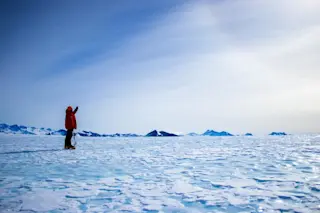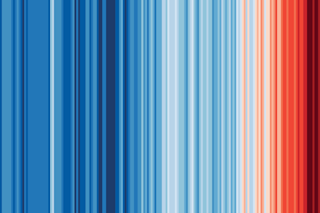One hundred years ago today, a fireball streaked across the morning sky over Siberia and exploded, flattening the forest across an area of 830 square miles. The cause of the Tunguska Event, named for the nearby Tunguska River, has been a source of speculation ever since, with theories ranging from the absurd (space aliens!) to the most plausible: a disintegrating meteor exploding in the atmosphere. But a century after the event scientists still don't have enough evidence to conclusively say what happened.
Scientists arrived at the most likely scenario, the meteor explosion, by studying the pattern of blasted trees; they concluded that an explosion hadn't occurred at ground level, but rather four to six miles above the Earth's surface. [T]he fragment, which is believed to have measured perhaps 100 feet across (although new research suggests it may have been even smaller), was probably traveling at around 21,000 miles per hour ...














